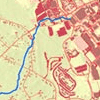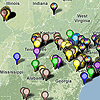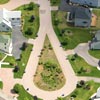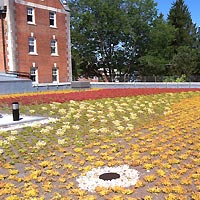
Step 3
Become knowledgeable about the various options for stormwater management, particularly site-level low impact development (LID) options, also known as Green Infrastructure.
Low impact development/green infrastructure practices will become your chief tool in responding to an IC-TMDL. Communities must have some degree of familiarity with LID techniques in order to promote and require their use (see Step 5).
Visit the sites below to learn more and to see photos and explanatory videos of LID practices in Connecticut.
|
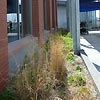 |
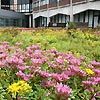 |
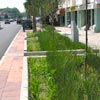 |
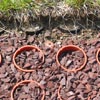 |
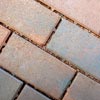 |
| Bioretention | Green Roofs | Green Streets | Other Paving | Pavers |
 |
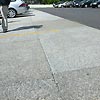 |
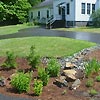 |
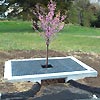 |
|
| Pervious Asphalt | Pervious Concrete | Rain Gardens | Tree Boxes |
A Guided Virtual Tour of LID/GI Practices on UConn's Main Campus
Go on an online guided tour of LID features on the UConn Campus with Dr. Mike Dietz.
National LID Atlas
Use the LID Atlas to visit real world examples from Connecticut and beyond.
Explore LID - Jordan Cove
Explore a nationally known LID research site located on a real Connecticut subdivision.
Rain Garden Website
Visit CT NEMO's Rain Garden website.
More Resources
Once in a while we admit that there are other organizations that, occasionally, have some good information on GI/LID. Here are a few that we recommend.
- CT DEEP Municipal Outreach for Green Infrastructure & LID page - A helpful compilation of successful watershed and municipal projects, brochures for the public, LID fact sheets, links and more.
- Center for Watershed Protection - One of the most prominent authorities in GI/LID, and frequent CLEAR/NEMO collaborators. Lots of information on all aspects of watershed management and protection. We love these guys.
- Low Impact Development Center - Another great source for all sorts of info on GI/LID practices and projects.

